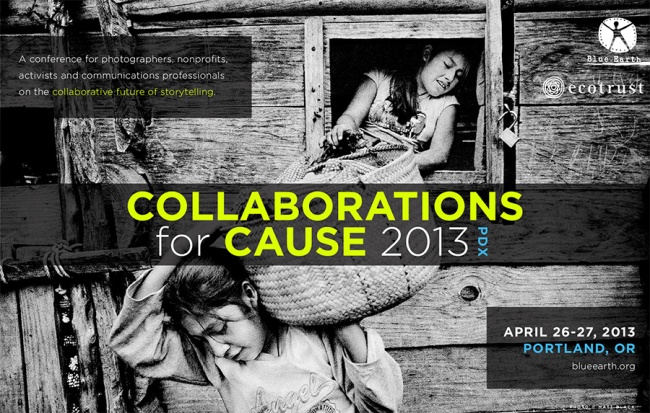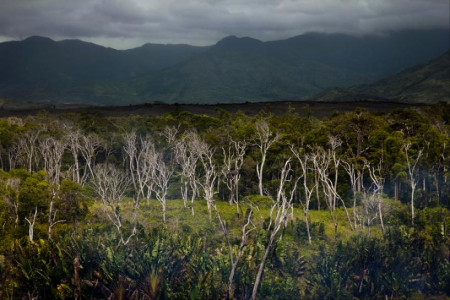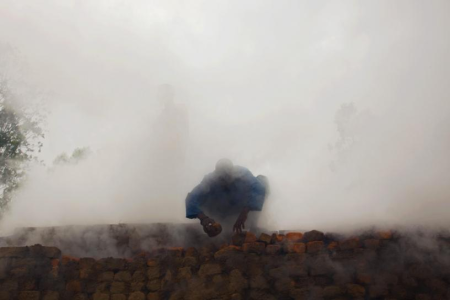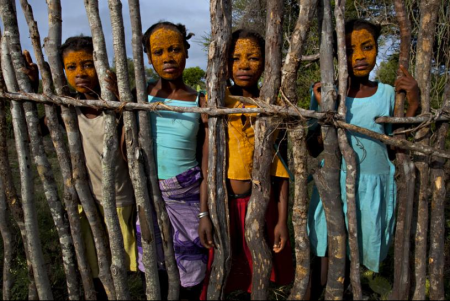
Andreas Gursky, Untitled XIII, 2002
From the official press release: GENEVA & ARLES, France– A shortlist of twelve outstanding international photographers, from which one will be selected later this year to receive the Prix Pictet, the world’s photography prize for environmental sustainability, was announced today at Europe’s leading photography festival, Les Rencontres d’Arles in France.
The prize is supported by Swiss bank Pictet & Cie. Photographers shortlisted for the £60,000 (CHF100,000) first prize are:
Darren Almond, UK; Christopher Anderson, Canada; Sammy Baloji, Congo; Edward Burtynsky, Canada; Naoya Hatakeyama, Japan; Andreas Gursky, Germany; Nadav Kander, South Africa; Ed Kashi, USA; Abbas Kowsari, Iran; Yao Lu, China; Edgar Martins, Portugal and Christopher Steele Perkins, UK.
The Prix Pictet is an annual search for photographs that communicate powerful messages of global environmental significance under a broad theme. This year the theme is ‘earth’. A Mexican garbage dump where people forage to sustain a pitiful existence; the changing landscape and displaced communities of China’s Yangtze River; the devastating impact of oil production in the Niger Delta; and the annual pilgrimage to the desert fronts of the Iran-Iraq war are among the subjects that feature in the work of this year’s shortlisted artists.
The submissions speak of the harmful and often irreversible effects of exploiting the earth’s resources and reflect on the immediate and long-term impact of unsustainable development on communities across the globe.
‘Earth’, a book published by teNeues, cataloguing the work of the Prix Pictet nominees will accompany this year’s prize and launched on 6 October at Purdy Hicks Gallery, London.
The winner will be announced by Kofi Annan, honorary president of the Prix Pictet, on 22 October 2009 at the Passage de Retz gallery, Paris. A further award, in the form of a commission for one of the shortlisted photographers to visit a region where Pictet & Cie are supporting a sustainability project, will be announced at the same time.
Prix Pictet will collaborate with FIAC (22 – 25 October), Paris’ major international contemporary and modern art fair, and Paris Photo, the world’s leading event for photography (19 – 22 November).
An independent jury of seven leading figures from the worlds of the visual arts and the environment, chaired by the photography critic, Francis Hodgson, made the selection from over 300 nominations put forward by the seventy Prix Pictet nominators – a group that includes leading critics, practitioners and curators.
Nicolas Pictet, Partner of Pictet & Cie, said ‘The calibre of the shortlisted work for this second year of the Prix Pictet illustrates how the issue of sustainability resonates throughout the artistic community. We strongly believe that by bringing these images to the attention of the world, Prix Pictet will further highlight the devastating effect climate change is having on our planet and ensure sustainability remains at the heart of global policy making.’
Awarding the inaugural Prix Pictet to Canadian photographer Benoit Aquin last October, Kofi Annan said: ‘It is my hope that the Prix Pictet will help to deepen understanding of the changes taking place in our world and raise public awareness about the urgency of taking preventative action.’
———–
I’m not surprised to see most of the photographers who’ve made the shortlist, except for one. Edgar Martins. It’ll be very interesting to see if the latest controversy over the pulled NY Times images affects his candidacy negatively. The shortlist results came in only a few hours ago, and I would think the news of the controversy and ultimate withrawl of images from the NYT site hit France as soon as it did here in NYC, especially since the shortlist was announced from one of the largest photo festivals in the world.
I have been a fan Martins’ extensive bodies of work over the years, and loved Topologies. I find it hard however to now believe his black skies were all done within camera. I have no problem with darkroom techniques like dodging, burning, contrast or softening tools, etc. Or even with digital manipulation if that’s how it’s labeled. But to misrepresent your work in a way the public believes to be true goes against the ideology behind his work. Gursky on the other hand, while he doesn’t reveal the step-by-step process of his pictures, does say there is digital alteration and manipulation present in his work. Does it make it any less respectable? No, because it’s there for us to take into account and put into the context of his ideas and the respective images he creates from those ideas. Photographs are after all constructs of ideas that originate in less tangible forms.
Stay tuned on how this plays out in this most coveted of environmental photography prizes.








